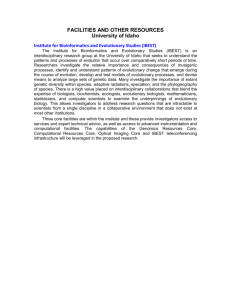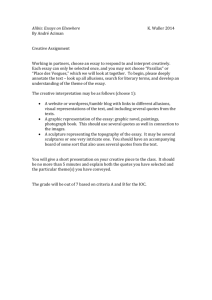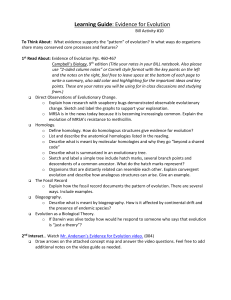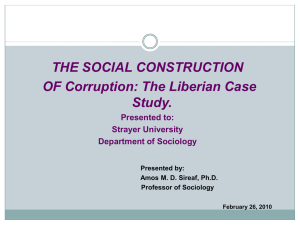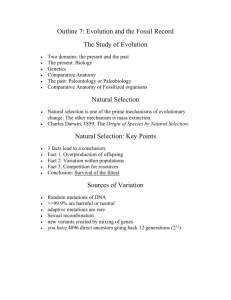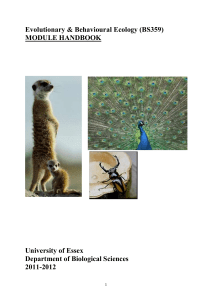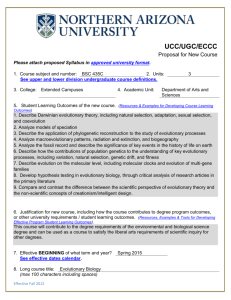Summary Student Sample
advertisement
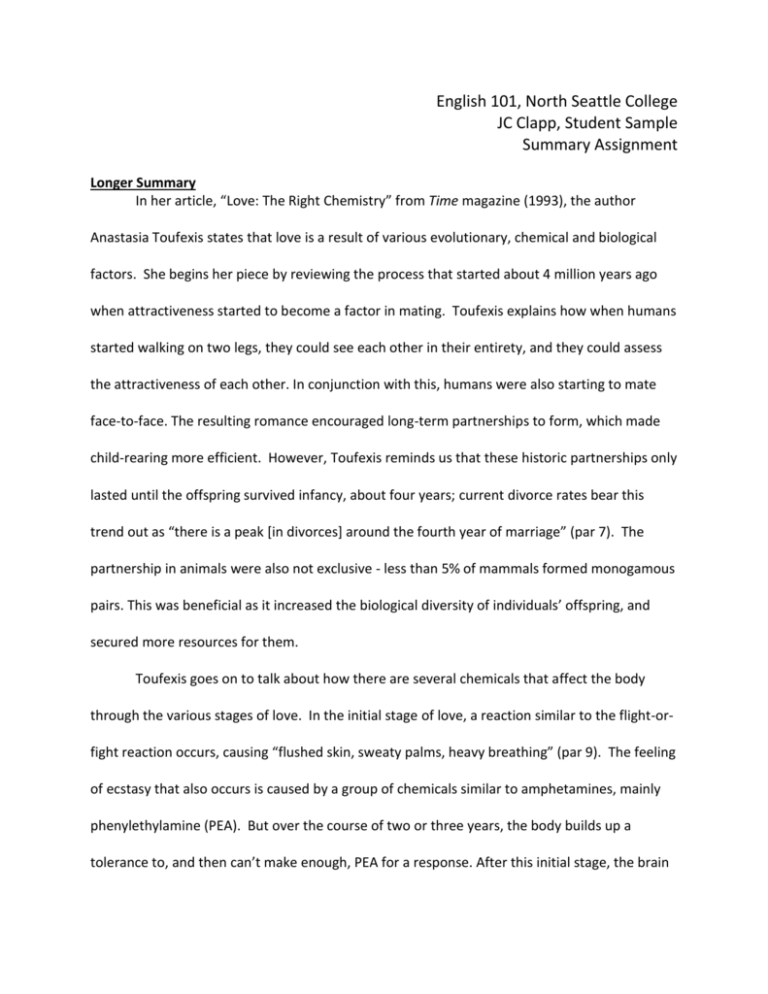
English 101, North Seattle College JC Clapp, Student Sample Summary Assignment Longer Summary In her article, “Love: The Right Chemistry” from Time magazine (1993), the author Anastasia Toufexis states that love is a result of various evolutionary, chemical and biological factors. She begins her piece by reviewing the process that started about 4 million years ago when attractiveness started to become a factor in mating. Toufexis explains how when humans started walking on two legs, they could see each other in their entirety, and they could assess the attractiveness of each other. In conjunction with this, humans were also starting to mate face-to-face. The resulting romance encouraged long-term partnerships to form, which made child-rearing more efficient. However, Toufexis reminds us that these historic partnerships only lasted until the offspring survived infancy, about four years; current divorce rates bear this trend out as “there is a peak [in divorces] around the fourth year of marriage” (par 7). The partnership in animals were also not exclusive - less than 5% of mammals formed monogamous pairs. This was beneficial as it increased the biological diversity of individuals’ offspring, and secured more resources for them. Toufexis goes on to talk about how there are several chemicals that affect the body through the various stages of love. In the initial stage of love, a reaction similar to the flight-orfight reaction occurs, causing “flushed skin, sweaty palms, heavy breathing” (par 9). The feeling of ecstasy that also occurs is caused by a group of chemicals similar to amphetamines, mainly phenylethylamine (PEA). But over the course of two or three years, the body builds up a tolerance to, and then can’t make enough, PEA for a response. After this initial stage, the brain produces endorphins as a result of partners staying together. This causes a more long-term attachment to form, as there is “a sense of security, peace and calm” (par 13). Oxytocin, a chemical involved in childbirth, could possibly play a role by encouraging partners to cuddle, and may also strengthen orgasms. But to explain why people fall in love with one partner, Toufexis had to look at evolutionary needs like fertility and resources, as well as experiences from childhood. By adolescence, “a unique subliminal guide” (par 17) is formed, and people who meet enough of the criteria in this guide trigger the love response. Longer Summary Reflection To start the one page summary, I first read over the article quickly, so I had an idea of what the essay was about. I then read the article again, this time underlining any key words or phrases. I took a couple of breaks while reading, to help me digest the information. I read the article a few times, each time adding to the annotation with comments until I felt I had an understanding of the basic ideas in the essay. To start writing my summary, I got a pad and pen and drew up some summary- outline notes. I divided the page into two columns, writing the main points on the left and summaries of those points on the right. I decided to keep to the facts of the article, and not include some of the more literary passages. I also determined which examples were superfluous and they were also left out. I took another break, then double checked to make sure I hadn’t missed any key information. I identified the author’s thesis first, and this gave a structure to my summary. I was able to systematically address each point in the opening sentence, and this made it much easier to organize my summary. So I had three imaginary headings of ‘evolution’ ‘chemistry’ and ‘biology’ to work with. I then started writing a draft on my laptop, keeping my notes separate on the pad. I would also refer to the original article to make sure I wasn’t accidentally using too many of those phrases in my summary. I included a few quotes, where I couldn’t better the language used. Once I’d finished the draft, I read it to make sure I’d covered the points in my notes, and that it made sense. Even though no one commented on my draft in the peer review process, reviewing other peoples work brought to my attention things I needed to work on. So I reviewed the language I’d used and cut down on the number of quotes. Brief Summary In her essay “Love: The Right Chemistry” (1993 Time magazine), Anastasia Toufexis states love is a result of evolutionary, chemical and biological factors. Walking on two legs meant humans could assess the attractiveness of each other – the resulting romance helped form long term partnerships. The body produces the chemicals which cause feelings of ecstasy in the first two or three years in a relationship. Other chemicals are then produced in the body which encourage long term attachments. The criteria that decides who people fall in love with is formed by childhood experiences as well as by chemical factors. Brief Summary Reflection I found it easy to organize my brief summary, as my long summary had a very logical format. I started by reading the opening sentence of my long summary, and used that as a guide to form my brief summary. I identified the three key points of ‘evolutionary’, ‘biological’ and ‘chemical’, and had these as headings for three separate columns in my notebook. As my long summary had three distinct sections corresponding to the headings, I read and made notes on each part separately. I read everything that came under the ‘evolutionary’ title and identified what was a state of fact, and what were examples or quotes. I was then left with the key facts to describe. I found the process difficult, as I felt I’d already summarized fully. I eventually tried to identify the two or three key phrases that could sum up ‘evolutionary’, and wrote them in the correct column. I did the same for the ‘chemical’ and ‘biological’ sections, then took a break, so I could think about the phrases, and place them in some sort of priority. I then tried to write a sentence that would explain each heading, and would contain the key words - I found this easier as I had already made the difficult decision of what to leave out. I was happy with the language I’d already used in the long summary, so used this as a guide for my brief summary. After the peer review, I looked over my brief summary to see if any changes I’d made in the long summary affected my brief summary. Even though my brief summary is under 100 words, I still feel it’s a little long, but I haven’t been able to condense further, without losing key facts.


